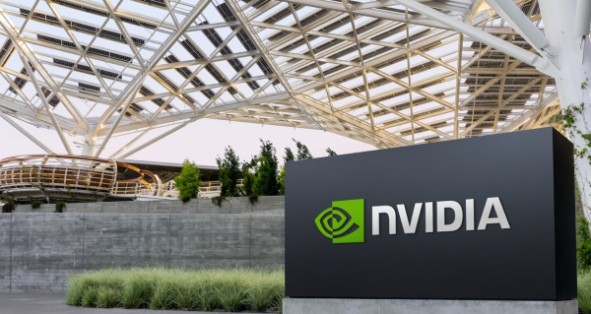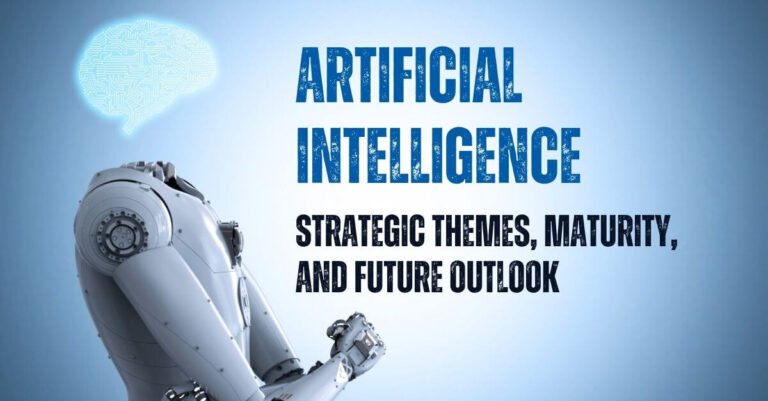Unveiling Appdome’s GenAI-Powered Threat Resolution Center
New Threat Resolution Center revolutionizes cyber support, dramatically lowering resolution time and getting users back to using the mobile apps they love.
Appdome, the experience leader in mobile defense, announced its new Threat Resolution Center, powered by GenAI. The new service enables mobile support teams to instantly identify mobile threats, generate context-specific resolution steps, and improve threat response for all stakeholders. Appdome will be demonstrating the new GenAI powered Threat Resolution Center live at the upcoming Black Hat USA cybersecurity conference in Las Vegas Aug. 7 and 8.
The scope, diversity, and sophistication of mobile threats are exploding. This, combined with the proliferation of malware, spyware and AI-based threats, means that the risk to mobile identity, data and transactions is higher than ever. Legacy mobile app security, anti-fraud and other products don’t consider the user experience. When mobile attacks happen, mobile end users are typically locked out of their accounts and left confused, frustrated, and flying blind. Likewise, understanding, and troubleshooting mobile cyber-attacks and threats is complex, time consuming and costly – for the mobile brand, enterprise and user.
The new Appdome Threat Resolution Center leverages the power of GenAI to provide real-time, context-specific, step-by-step guidance for end users to resolve threats and attacks on mobile devices quickly. This gives mobile support teams and end users the information they need to get past any attack fast. It also shrinks the mobile attack surface by speeding removal of mobile threats on end user devices. Mobile support teams also realize a boost in productivity by delivering faster mean time to resolution (MTTR) and reducing overall cost of threat response for all end users.
“We’ve been evaluating LLMs and GenAI as part of the threat response lifecycle since GenAI came on the scene,” said Tom Tovar, co-creator and CEO at Appdome. “Threat Resolution Center leverages two new innovations at Appdome – our new ThreatCode™ and Threat Resolution Agent™ – with GenAI to quickly synthetize massive amounts of unstructured data into step-by-step instructions that stop cyberattacks, malware and other threats on mobile end user devices fast.”
Fraud, malware and other attacks, combined with limited attack data and poor resolutions destroy the mobile experience. When cyberattacks happen, fire-drills arise between cyber and support teams. Triage, diagnosis and removing threats from mobile devices is extremely complex, time-consuming and challenging due to the immense diversity and dynamic nature of (a) mobile exploits, tools and malware, (b) mobile devices, (c) mobile operating systems (OS), (d) mobile networks and (e) other factors. To make matters worse, many forms of malware can hide inside other mobile apps, and access mobile apps via accessibility, custom keyboards and other settings. What works to remove a threat on one mobile device, mobile OS and network will not work for a different threat on a different mobile device, mobile OS and network.
“The mobile ecosystem is diverse, with seemingly endless permutations of apps, exploits, operating systems, and device types. Detecting and removing threats and attacks can feel impossibly difficult, let alone doing so with the user experience in mind,” said Katie Norton, Research Manager, DevSecOps and Software Supply Chain Security at IDC. “Appdome’s ThreatCode and Threat Resolution Agent aim to address this challenge by leveraging RAG-optimized GenAI, automatically creating and chaining GenAI prompts to bring threat-specific, context-aware instructions that seek to balance quick threat resolution with a high-quality user experience.”
How Appdome Threat Resolution Center Works
When an attack or threat is detected by an Appdome-protected mobile app, the Appdome Defense Framework in a mobile app dynamically generates a context-specific ThreatCode™. The ThreatCode is encoded with detailed and specific data about the threat, attack method, device, OS and other information, providing the DNA of each attack on the mobile end user’s device. Support, engineering or cyber personnel at mobile brands and enterprises enter the ThreatCode into Appdome’s Threat Resolution Center where Appdome’s Threat Resolution Agent™ generates the GenAI-prompts using retrieval augmented generation (RAG) to query and optimize responses from GenAI for the attack. The resolution response includes how to identify and understand the attack, how to find the attack, and the step-by-step instructions to remediate or remove the mobile threat on the end user’s device, creating – for the first time – true self-service threat response and real-time threat resolution for mobile end users.
“Better threat resolution is critical to better brand loyalty and the best end user experience,” said Chris Roeckl, Chief Product Officer at Appdome. “Legacy products get in the way of app experience, doing little more than crashing the app with no data about the attack and no way to help the user. Appdome, by comparison, puts the user first – first by removing the engineering burden and now, by removing the support burden from the cyber defense lifecycle.”
Appdome will be demonstrating its new Threat Resolution Center at the Black Hat Conference in Las Vegas Aug. 7-8, 2024 at booth #1350.
Learn more about Appdome Threat Resolution Center and schedule your demo online.
About Appdome
Appdome is the experience leader in mobile defense. Our award-winning, and patented, mobile defense platform uses AI-ML to automate the work and complexity out of securing mobile businesses, apps and users. With Appdome, mobile brands and enterprises enjoy a single pane of glass to create Certified Secure™ mobile apps with ease, eliminating multiple point products and SDKs, and unifying mobile app security, anti-fraud, anti-bot, anti-malware, geo compliance, social engineering and other defenses with real time threat monitoring, mobile EDR, XDR, and IR for external-consumer and internal-employee facing mobile apps. At 340+ mobile app defense features and growing, Appdome provides the most comprehensive and extensible mobile defense solution on the market. The platform is fully automated out of the box using pre-built plugins to the full DevOps, CI/CD and Enterprise automation and support stack. Appdome also leads the market in user experience and support, with its industry leading, in-app, Threat-Events™ threat intelligence framework and GenAI powered Threat Resolution Center™. These, combined with a host of enterprise grade and compliance features built into the platform, allow all stakeholders, including mobile engineering, cyber teams, network security, DevOps, SecOps, IT, UEM-MAM, mobile support teams, and mobile end users to benefit from using Appdome. Appdome holds several patents including U.S. Patents 9,934,017 B2, 10,310,870 B2, 10,606,582 B2, 11,243,748 B2 and 11,294,663 B2. Additional patents pending.


























